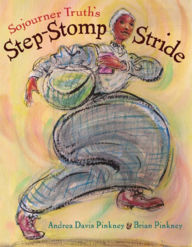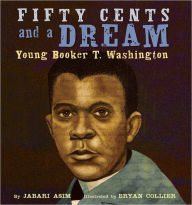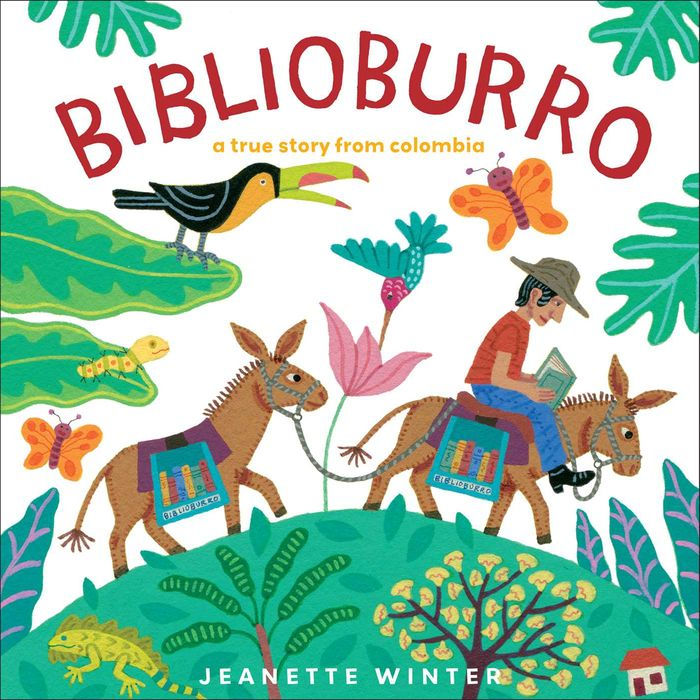Master storyteller James Rumford combines his love for art and history in his picture books. Each of his books is vastly different in its content, design, and illustrations but one aspect remains constant throughout his work: his passion about his subjects. Rumford, a resident of Hawaii, has studied more than a dozen languages and worked in the Peace Corps, where he traveled to Africa, Asia, and Afghanistan. He draws from these experiences and the history of his subject when he is working on a book. His book Sequoyah: The Cherokee Man Who Gave His People Writing was a 2005 Sibert Honor winner.
Sequoyah: The Cherokee Man Who Gave His People Writing
Hardcover
- ISBN-13: 9780618369478
- Publisher: Houghton Mifflin Harcourt
- Publication date: 11/01/2004
- Pages: 32
- Sales rank: 133,816
- Product dimensions: 7.50(w) x 11.50(h) x 0.41(d)
- Lexile: AD700L (what's this?)
- Age Range: 4 - 7 Years
What People are Saying About This
.
The story of Sequoyah is the tale of an ordinary man with an extraordinary idea—to create a writing system for the Cherokee Indians and turn his people into a nation of readers and writers. The task he set for himself was daunting. Sequoyah knew no English and had no idea how to capture speech on paper. But slowly and painstakingly, ignoring the hoots and jibes of his neighbors and friends, he worked out a system that surprised the Cherokee Nation—and the world of the 1820s—with its beauty and simplicity. James Rumford’s Sequoyah is a poem to celebrate literacy, a song of a people’s struggle to stand tall and proud.
Customers Who Bought This Item Also Bought
-
- Seeker of Knowledge: The Man…
- by James Rumford
-
- Sojourner Truth's…
- by Andrea Davis PinkneyBrian Pinkney
-
- Bad News for Outlaws: The…
- by Vaunda Micheaux NelsonR. Gregory Christie
-
- Rosa
- by Nikki GiovanniBryan Collier
-
- Thomas Jefferson Builds a…
- by Barb RosenstockJohn O'Brien
-
- A Boy Called Slow
- by Joseph Bruchac
-
- The World Is Not a Rectangle:…
- by Jeanette WinterJeanette Winter
-
- Fifty Cents and a Dream: Young…
- by Jabari AsimBryan Collier
-
- Biblioburro: A True Story from…
- by Jeanette WinterJeanette Winter
-
- Independent Dames: What You…
- by Laurie Halse AndersonMatt Faulkner
-
- Ben Franklin's Big Splash:…
- by Barb RosenstockS.D. Schindler
-
- Seeds of Change: Planting a…
- by Jen JohnsonKarl Mueller
-
- Martin's Big Words: The…
- by Doreen RappaportBryan CollierBrian Collier
Recently Viewed
Textured full-page mixed-media illustrations...feature strong figures and spare scenes reminiscent of the Asian and Native American artwork Rumford cites as sources of inspiration. Horn Book, Starred
Simple, declarative sentences take on the cadences of legend...the bright, textured illustrations take on the look of heavily outlined block prints, giving the whole the feeling of an old-fashioned children's history.
Kirkus Reviews, Starred
—Susie Wilde













